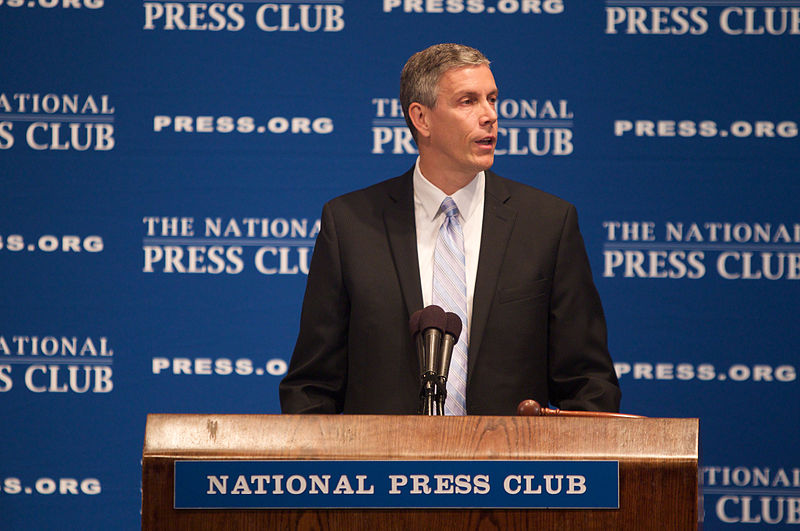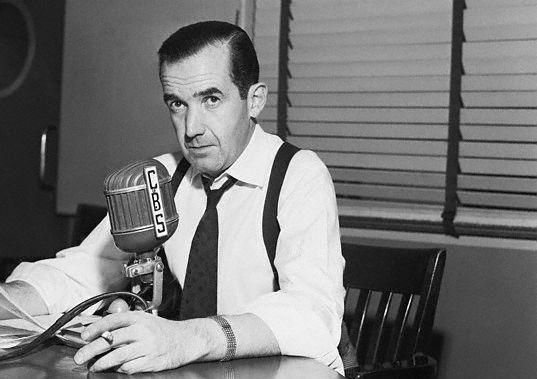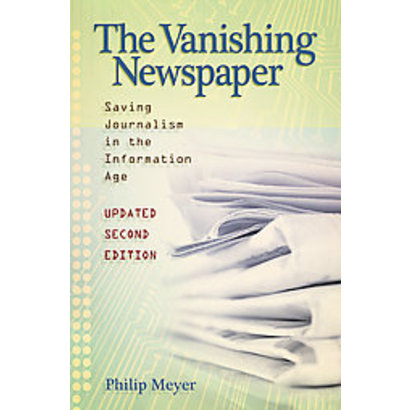“The speed of communications is wondrous to behold. It is also true that speed can multiply the distribution of information we know to be untrue.”
Can you believe the man who said that had never heard of Twitter? Those are the words of legendary journalist Edward R. Murrow, who died in 1965. He made his name in radio, broadcasting the London Blitz from a rooftop with the sound of bombs echoing through his microphone. In later years, he beamed into America’s living rooms through the advent of television. In the 20th Century, these technologies moved information at a speed previously unimagined.
Today, media outlets are facing an enormous array of challenges in the age of the Internet. These challenges include remaining solvent and relevant at a time when news travels around the globe at the click of a mouse, and many customers don’t see the need to pay for it.
But one of the biggest challenges remains the same one Murrow and his colleagues faced more than half a century ago: Figuring out the truth. Journalists who are committed to finding the truth serve as important a function in today’s society as they did when radios were the size of furniture and phones only made calls.
In February, the Collaborative Services blog spoke to several prominent people in the Fourth Estate to get their thoughts on journalism in the age of the Internet. They all agreed on this much: The rules of good journalism haven’t changed. The challenge for many of today’s media outlets – especially newspapers – is to establish viable business models that enable them to follow these rules of journalism while continuing to survive financially.
We want to thank the people who took the time to give us their thoughts on this topic:
Philip Meyer, author of The Vanishing Newspaper,
Angela Greiling Keane, president of the National Press Club;

United States Secretary of Education Arne Duncan speaking at the National Press Club
(Credit: US Department of Education)
and Jonathan Thompson, media-relations manager for the Newseum in Washington, D.C.
Like most other people in their profession, they are watching with a mixture of apprehension and fascination as the journalism landscape undergoes a seismic shift.
As Meyer noted, “I never try to criticize any bizarre new way of doing journalism. Why? Because no matter how crazy an innovation sounds, I cannot be certain that it will not work.”
Now we shift our focus from “traditional” media to social and new media. These two platforms are changing the pace and function of news, reporting and information at large. Ordinary citizens are becoming journalists, whether they know it or not, and generating thousands of new ways to learn about the world. We’ve never been more connected to each other and our communities, and anyone can reach a broad audience from comfort of their living room. This presents exciting opportunities for harnessing enthusiasm and bringing ideas forward, but also challenges like distinguishing trustworthy sources and separating truth from propaganda.
Join us as we welcome Patch.com and others newly on the scene for their ideas about the news business, and the new ways we share information.
Catherine Smith, President
Collaborative Services, Inc.






Recent Comments